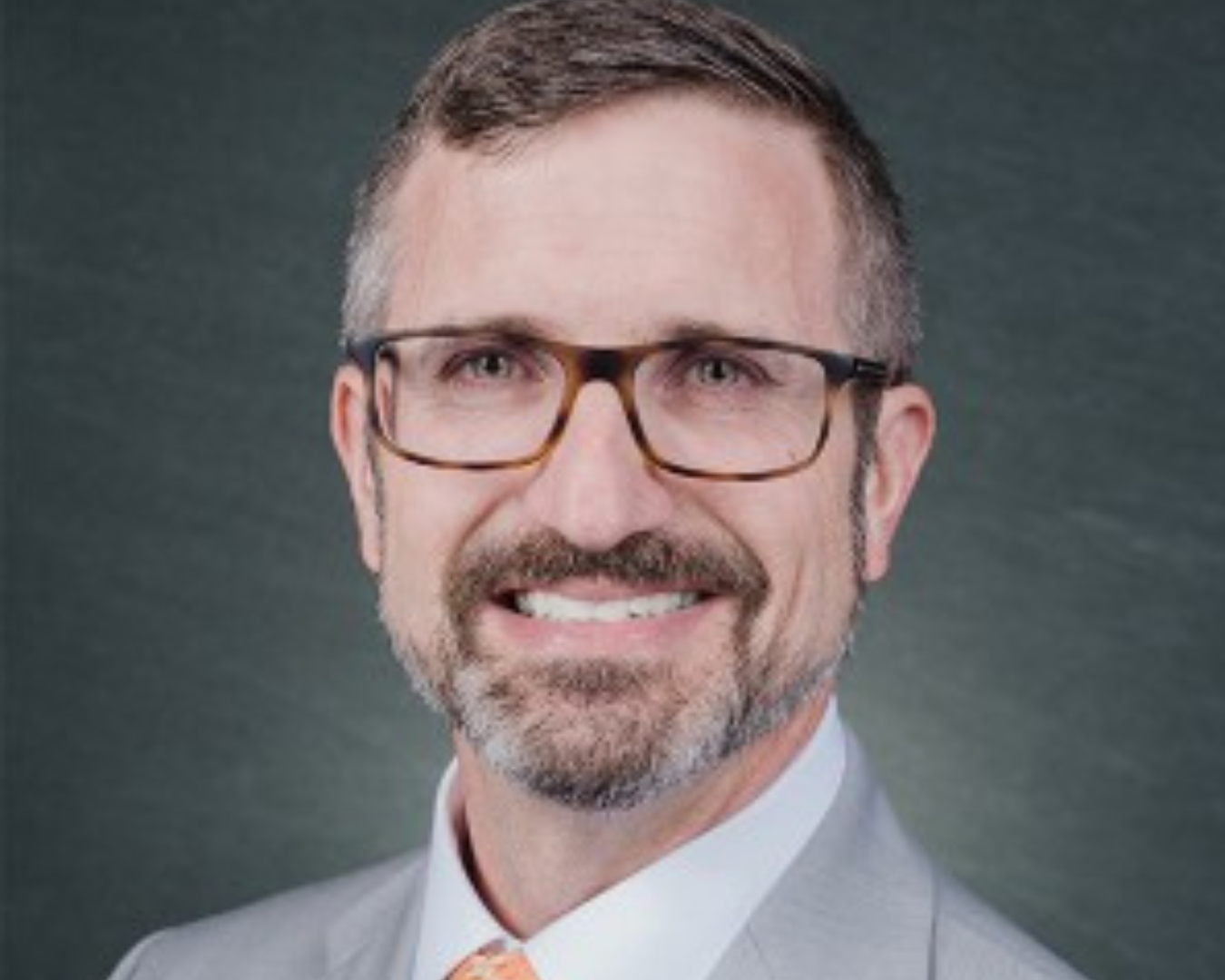Research Focuses
Behavioral Health
Led by Dr. Melissa Santos, Behavioral Health research at Connecticut Children’s Research Institute seeks to reduce the impact and stigma of behavioral health disorders and improve quality of life for children and adolescents. Dr. Santos’ research focuses on children with comorbid medical and psychological conditions with a focus on treating and understanding the whole child. Her major areas of research expertise are pediatric obesity, transgender youth, and community participatory research methods. Dr. Kevin Borrup’s research focuses on applying a public health approach to contemporary challenges that effect the health and safety of children and families, including behavioral health needs, community violence, and other preventable injuries.
Social Drivers of Health
For more than 30 years, research at the Injury Prevention Center has contributed to reductions in fatal and non-fatal injury rates for young people in Connecticut and beyond. Injury Prevention Center studies have guided the implementation and enhancement of public safety measures that keep children safe from preventable injuries. The Center’s scientific approach to injury prevention calls for interventions to be designed, evaluated, and implemented based on a research-driven process of surveillance, hazard identification, risk assessment and analysis, and the transfer of successful interventions into widespread adoption and practice. Researchers at the Injury Prevention Center have expertise in three priority areas: violence in all its forms, child and adolescent suicide prevention, and road safety related issues.
The Center for Child Health Excellence in Research and Innovative Outcomes is bolstered by several early career investigators, including Dr. Alex Hogan, who has spearheaded research assessing social drivers of health through studies in geographic clustering of bronchiolitis acute care and risk factors for pediatric asthma readmissions, and Dr. Leonela Villegas, who is examining factors that lead to a high readmission rate for children with chronic kidney disease.
Pain and Palliative Medicine
The Division of Pain & Palliative Medicine at Connecticut Children’s is at the forefront of pediatric pain research. Our top physicians and researchers are dedicated to easing children’s pain with clinical advances and are supported by commercial, private, and federal grants from the National Institutes of Health. Dr. William Zempsky has dedicated his research career to the assessment and treatment of pain in youth and young adults. A major goal of Dr. Zempsky’s research team is to develop cutting-edge pain research techniques that advance the evaluation and management of pain in this population. Dr. Emily Wakefield investigates the role and impact of psychosocial factors on health outcomes for children and adolescents with chronic pain, and seeks to develop clinical interventions that will improve quality of life for these young patients.
Community Research Advisory Board
Connecticut Children’s Research Institute sponsors a Community Research Advisory Board led by Dr. Melissa Santos. The Board brings together stakeholders from the Research Institute and the community to advise researchers at all stages of a project, including idea generation, study design, implementation, and dissemination of results. This collaborative model fosters an environment where scientist and community member perspectives are incorporated throughout the course of a research study.

